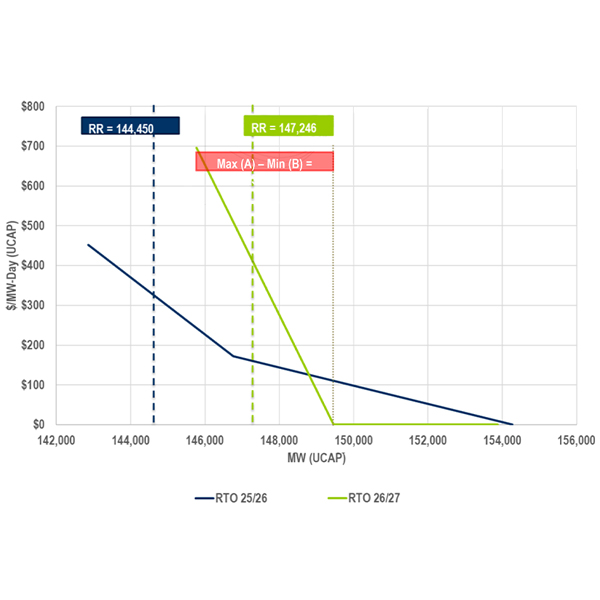Demand Response
MISO said it will finalize an availability-based accreditation for nearly 12 GW of load-modifying resources over the first quarter of 2025 ahead of a filing with FERC.
Voltus filed a complaint at FERC over MISO's interpretation of a recent rule change that led the grid operator to stop accepting replacements for customers who sign up to provide demand response but retire.
A report from the Virginia legislature released shows how quickly data centers are growing in the state and addresses how to meet that demand, with some suggestions for policymakers.
FERC ordered Ketchup Caddy and its owner to pay $27 million in penalties for dishonestly offering demand response services in MISO’s capacity market from 2019 to 2021.
FERC Commissioner Judy Chang emphasized the importance of demand response, long-term transmission planning and gas-electric coordination in her address to the NEPOOL Participants Committee meeting.
Former FERC Chair Neil Chatterjee is joining Voltus, where he will advise the firm as it engages in the implementation of Order 2222, which was issued under his chairmanship at the regulator.
The PJM Markets and Reliability Committee voted to endorse a proposal to create an expedited process to study some interconnection requests.
ERCOT will recommend that its Board of Directors approve a reliability-must-run contract for one of three aging CPS gas units, set for retirement, to maintain reliability in the San Antonio area.
Several state consumer advocates filed a complaint at FERC alleging PJM’s capacity market is failing to mitigate market power, overestimating future load and producing high clearing prices that generation owners cannot act on.
"Chicken Little" claims about power outages being caused by the transmission grid being overtaxed do not stand up to scrutiny, says columnist Steve Huntoon.
Want more? Advanced Search









